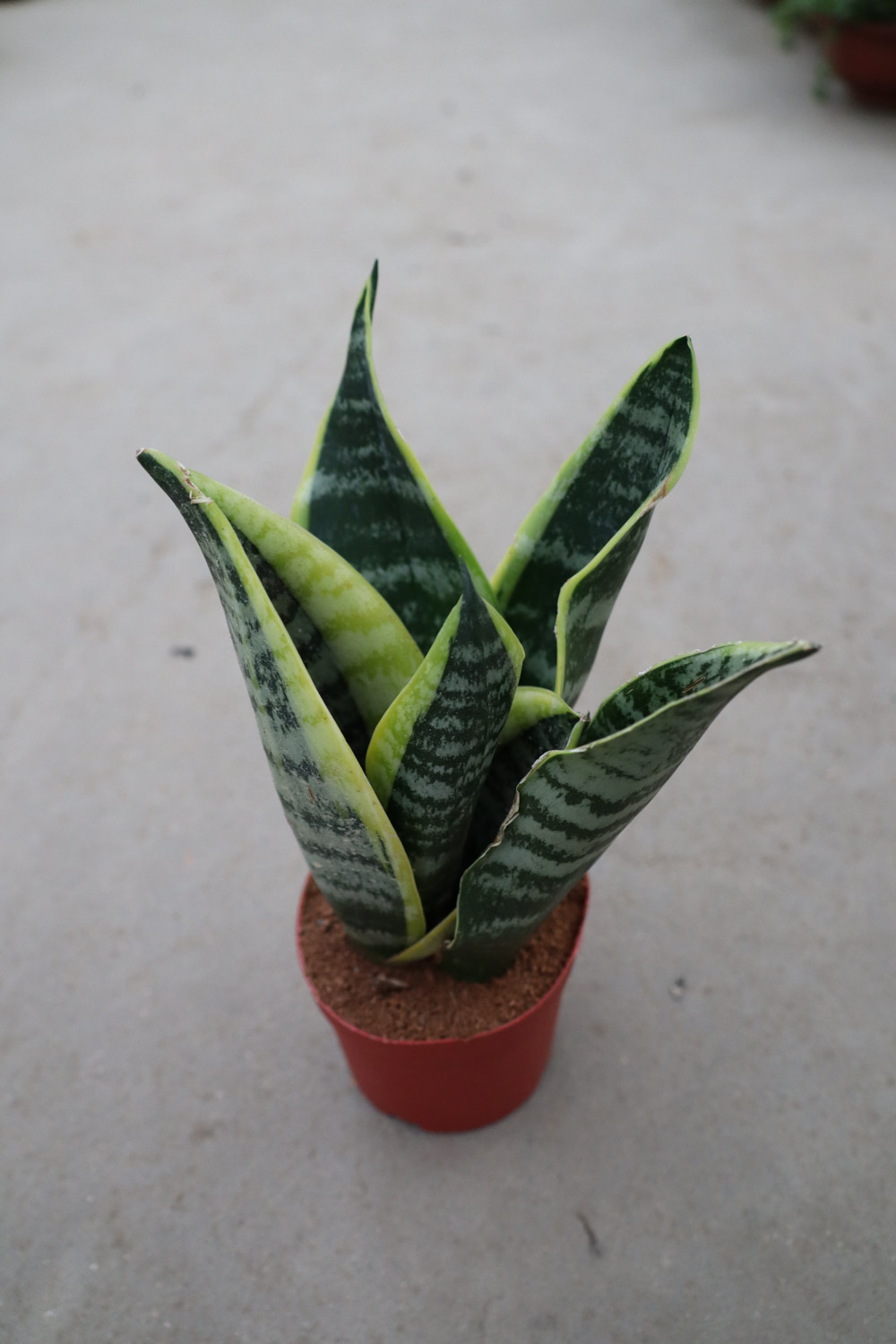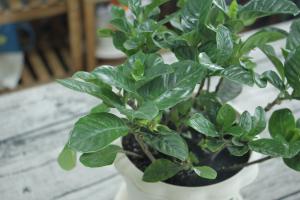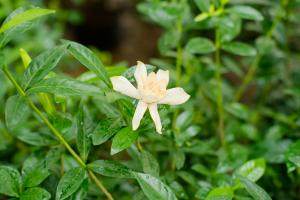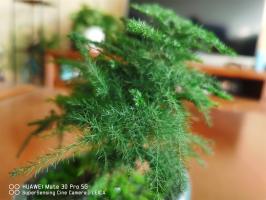Transplantation method
The first step is to take a new flowerpot, and then use a layer of Korean pine needle at the bottom to cushion the bottom, so as to ensure air permeability and prevent root rot. Then we need to go to the field to prepare some humus soil in advance, and mix it with carbon ash. The amount of carbon ash does not need to be much, and a small amount can prevent pests and eliminate bacteria
After that, clean the prepared stones and keep them for standby. At this time, we can transplant hupilan from the old basin to the new basin and put the washed stone on it. This can not only prevent the water in the soil from losing too fast, but also prevent pests from invading the soil, which is both beautiful and practical. In the next few months, new shoots will be found growing from the bottom

Precautions
The pine needles we use need to be searched under the pine forest. After a long time, the rotten pine needles still have soil. If fresh soil and pine needles are used, the growth of hupilan will stop because it contains greater acidity. The rotten pine needle has the trace elements required for plant growth, so it is very suitable for raising flowers
When looking for these things, you can find them in autumn and winter. At this time, most insects stop their activities. If it is not in winter, they will contain diseases and insect pests in the collected items, and can also avoid being bitten by ticks. It is said that this kind of insect lives in pine trees and also carries toxins, which can do great harm to human body. Therefore, it is safer to go in autumn and winter


 how many times do yo...
how many times do yo... how many planted tre...
how many planted tre... how many pine trees ...
how many pine trees ... how many pecan trees...
how many pecan trees... how many plants comp...
how many plants comp... how many plants can ...
how many plants can ... how many plants and ...
how many plants and ... how many pepper plan...
how many pepper plan...































